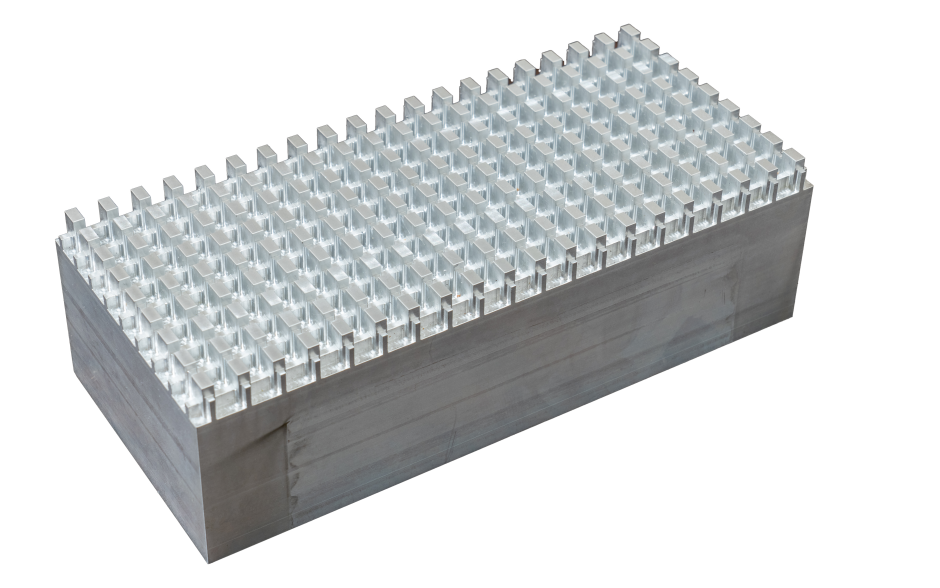
Everyday life involves the three dimensions or 3D — along an X, Y and Z axis, or up and down, left and right, and forward and back. But, in recent years scientists like Guoliang Huang, the Huber and Helen Croft Chair in Engineering at the University of Missouri, have explored a “fourth dimension” (4D), or synthetic dimension, as an extension of our current physical reality.
Now, Huang and a team of scientists in the Structured Materials and Dynamics Lab at the MU College of Engineering have successfully created a new synthetic metamaterial with 4D capabilities, including the abilit...
Read More








Recent Comments